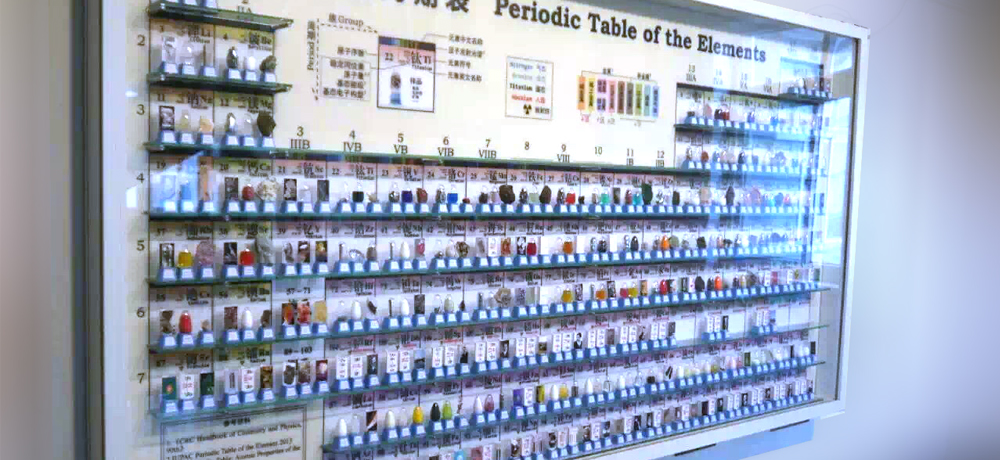Alkaline earth metal
The alkaline earth metals are all silver-colored and soft, and have relatively low densities, melting points, and boiling points. In chemical terms, all of the alkaline metals react with the halogens to form the alkaline earth metal halides, all of which are ionic crystalline compounds (except for beryllium chloride, which is covalent). All the alkaline earth metals except beryllium also react with water to form strongly alkaline hydroxides and, thus, should be handled with great care. The heavier alkaline earth metals react more vigorously than the lighter ones. The alkaline metals have the second-lowest first ionization energies in their respective periods of the periodic table because of their somewhat low effective nuclear charges and the ability to attain a full outer shell configuration by losing just two electrons. The second ionization energy of all of the alkaline metals is also somewhat low.
beryllium (Be), magnesium (Mg), calcium (Ca), strontium (Sr), barium (Ba), and radium (Ra)
Beryllium is an exception: It does not react with water or steam, and its halides are covalent. If beryllium did form compounds with an ionization state of +2, it would polarize electron clouds that are near it very strongly and would cause extensive orbital overlap, since beryllium has a high charge density. All compounds that include beryllium have a covalent bond.Even the compound beryllium fluoride, which is the most ionic beryllium compound, has a low melting point and a low electrical conductivity when melted.

The alkaline earth metals are named after their oxides, the alkaline earths, whose old-fashioned names were beryllia, magnesia, lime, strontia, and baryta. These oxides are basic (alkaline) when combined with water. “Earth” is an old term applied by early chemists to nonmetallic substances that are insoluble in water and resistant to heating—properties shared by these oxides. The realization that these earths were not elements but compounds is attributed to the chemist Antoine Lavoisier. In his Elements of Chemistry of 1789 he called them salt-forming earth elements. Later, he suggested that the alkaline earths might be metal oxides, but admitted that this was mere conjecture. In 1808, acting on Lavoisier’s idea, Humphry Davy became the first to obtain samples of the metals by electrolysis of their molten earths,thus supporting Lavoisier’s hypothesis and causing the group to be named the alkaline earth metals.
All the discovered alkaline earth metals occur in nature.
